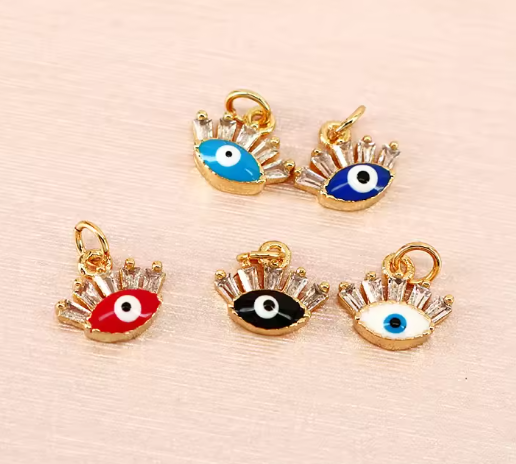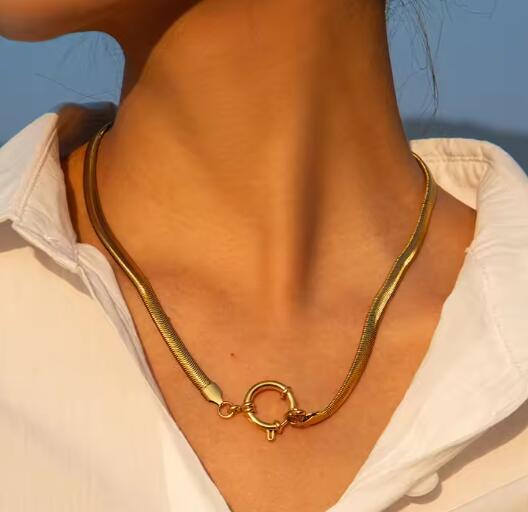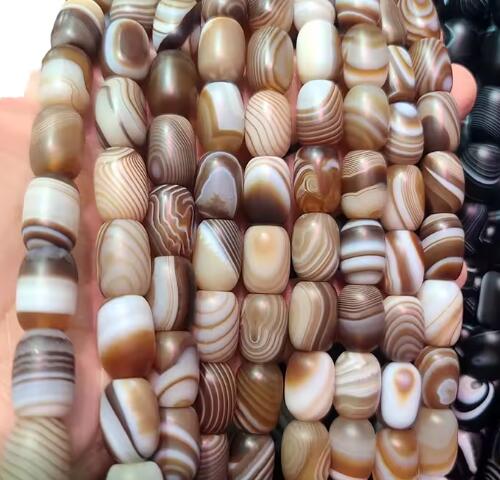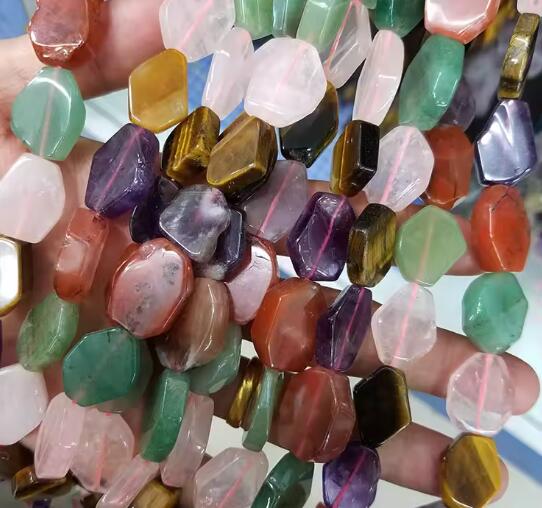Is Enamel Jewelry's Color Selection Limited by the High Temperature Required in the Production Process?
Enamel jewelry—celebrated for its vivid, long-wearing colors—depends on high-temperature firing (typically 700–900°C/1292–1652°F) to bond powdered glass to metal bases. This critical production step raises a common question for shoppers and designers alike: Does this intense heat restrict the range of colors available for enamel jewelry? The answer is partially yes—high temperatures do narrow options for some delicate hues, but modern technical innovations and advanced pigment formulas have dramatically expanded the color palette for enamel pieces. While certain shades struggle to survive extreme heat, artisans now combine traditional high-temperature methods with creative workarounds to deliver a diverse, versatile selection of colors. Let’s break down the specific limitations, the solutions that overcome them, and why heat can actually enhance many popular enamel colors.
1. High Temperatures Restrict Specific Color Categories
The extreme heat of traditional vitreous enamel firing (the most common method for durable enamel jewelry) breaks down or alters the chemical structure of certain pigments, limiting options in three key color groups:
-
Pastel and Soft Tones: Light pinks, baby blues, and pale yellows often rely on organic pigments or low-stability mineral blends that can burn off, darken, or shift hue under high heat. For example, a delicate mint green pigment made with small amounts of copper oxide might turn olive green or even gray after being fired at 800°C—making it nearly impossible to achieve soft, muted pastels with standard high-heat processes. Even subtle variations in temperature (as little as 25°C) can ruin these delicate shades.
-
Bright Neon Hues: Neon pigments—such as electric pink, neon orange, or vivid lime green—typically contain synthetic dyes (like fluorescein or rhodamine) that are highly heat-sensitive. These dyes decompose at temperatures above 300°C, losing their neon glow and leaving behind dull, washed-out versions of the original color. Traditional high-temperature enamel rarely produces true neon tones; most “neon” claims for high-heat pieces are actually bright saturated colors, not the glowing neon effect shoppers expect.
-
Color-Shifting and Iridescent Shades: Pigments that create iridescence (often made with mica flakes, titanium dioxide coatings, or pearlescent additives) have layered structures that break down under extreme heat. The high temperatures flatten these layers, destroying the light-reflecting properties that create the iridescent effect. A shimmery purple enamel with a blue-pink shift, for instance, might turn into a solid, non-reflective purple after firing at 750°C.
2. Modern Innovations That Expand Color Options Beyond Heat Limits
To bypass these restrictions, artisans and manufacturers use three key techniques to unlock a wider range of enamel colors:
-
Low-Temperature Enamel (Cold Enamel): Unlike traditional vitreous enamel, low-temperature enamel uses resin-based or acrylic-bound pigments that cure at 150–250°C (302–482°F) or even air-dry (no heat required). This gentle curing process preserves the integrity of delicate pastels, neon dyes, and iridescent additives. For example, low-heat firing lets designers create soft lavender enamel with a subtle pearlescent sheen or true neon yellow enamel that retains its glow—though low-temp enamel is slightly less scratch-resistant than high-temp versions (making it better for earrings or pendants than daily-wear bracelets).
-
Heat-Stable Pigment Blends: Enamel suppliers now formulate specialized powder blends using heat-resistant minerals to replicate once-unachievable colors. For pastels, they use high-purity silica (to lighten the base) combined with small amounts of heat-stable oxides—like cobalt aluminate for soft blue (instead of unstable copper-based blues) or chromium oxide for pale green. These blends can withstand 700–900°C without fading or shifting. A heat-stable pastel pink, for instance, might use a mix of zinc oxide and tiny amounts of iron oxide, retaining its soft hue even after high-temperature firing.
-
Layered Firing for Complex Colors: Artisans use a technique called “multiple staged firing” to build delicate colors gradually. First, they fire a thick base layer of heat-stable enamel (such as opaque white or light gray) at full temperature (800–850°C) to ensure durability. Then, they apply a thin top layer of the delicate pigment (e.g., light pink or iridescent mix) and fire it at a lower temperature (600–650°C) for a shorter time (5–7 minutes instead of 10–12). This protects the top layer from heat damage while still fusing it to the base, creating soft tones that would otherwise be lost in a single high-heat firing.
3. High Temperatures Enhance Many Popular Enamel Colors
While heat limits some hues, it also improves the quality and appearance of others—making high-temperature enamel the top choice for many iconic enamel colors:
-
Rich, Saturated Tones: High heat intensifies the color of heat-stable pigments, creating deeper, more vibrant hues than low-temp methods. For example, cobalt-based blue enamel fired at 850°C becomes a rich royal blue with a glossy, glass-like finish that low-temp enamel can’t replicate. Similarly, iron oxide-based reds turn into vivid crimson, and manganese-based purples become deep violet—these saturated colors are the signature of traditional cloisonné and champlevé enamel jewelry.
-
Durable, Fade-Resistant Colors: High-temperature firing creates a chemical bond between the enamel powder and the metal base, making the color resistant to sun fading, moisture, and daily wear. A high-heat red enamel bracelet, for instance, will stay bright for decades—unlike some low-temp neon pieces that may fade after a year of exposure to sunlight or sweat.
-
Metallic Accents: Metallic enamel (mixed with fine silver, gold, or copper particles) shines at high temperatures. The heat melts the metallic particles evenly into the enamel matrix, creating a smooth, reflective finish that doesn’t flake or wear off. A gold-metallic enamel pendant fired at 800°C, for example, will have a consistent, luxe shimmer—unlike low-temp metallic enamels that can have a grainy texture.
In summary, high temperatures do limit enamel jewelry’s color selection for delicate pastels, true neons, and iridescent shades—but modern techniques have largely resolved this issue. Today’s enamel jewelry offers a spectrum of colors: from soft low-temp pastels to bold high-temp saturates, and even hybrid pieces that combine both methods. For shoppers, this means you don’t have to choose between color variety and durability—you can find enamel jewelry in nearly any hue that fits your style, whether it’s a delicate low-temp neon necklace or a durable high-temp royal blue bracelet. The key is understanding which firing method matches the color you want—ensuring you get a piece that’s both beautiful and built to last.









